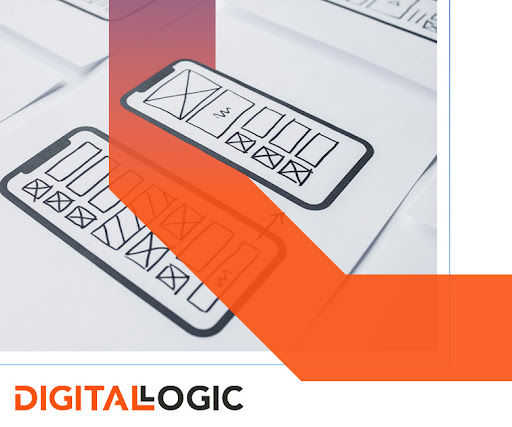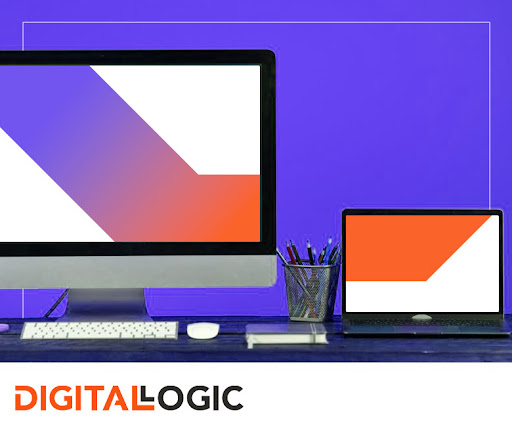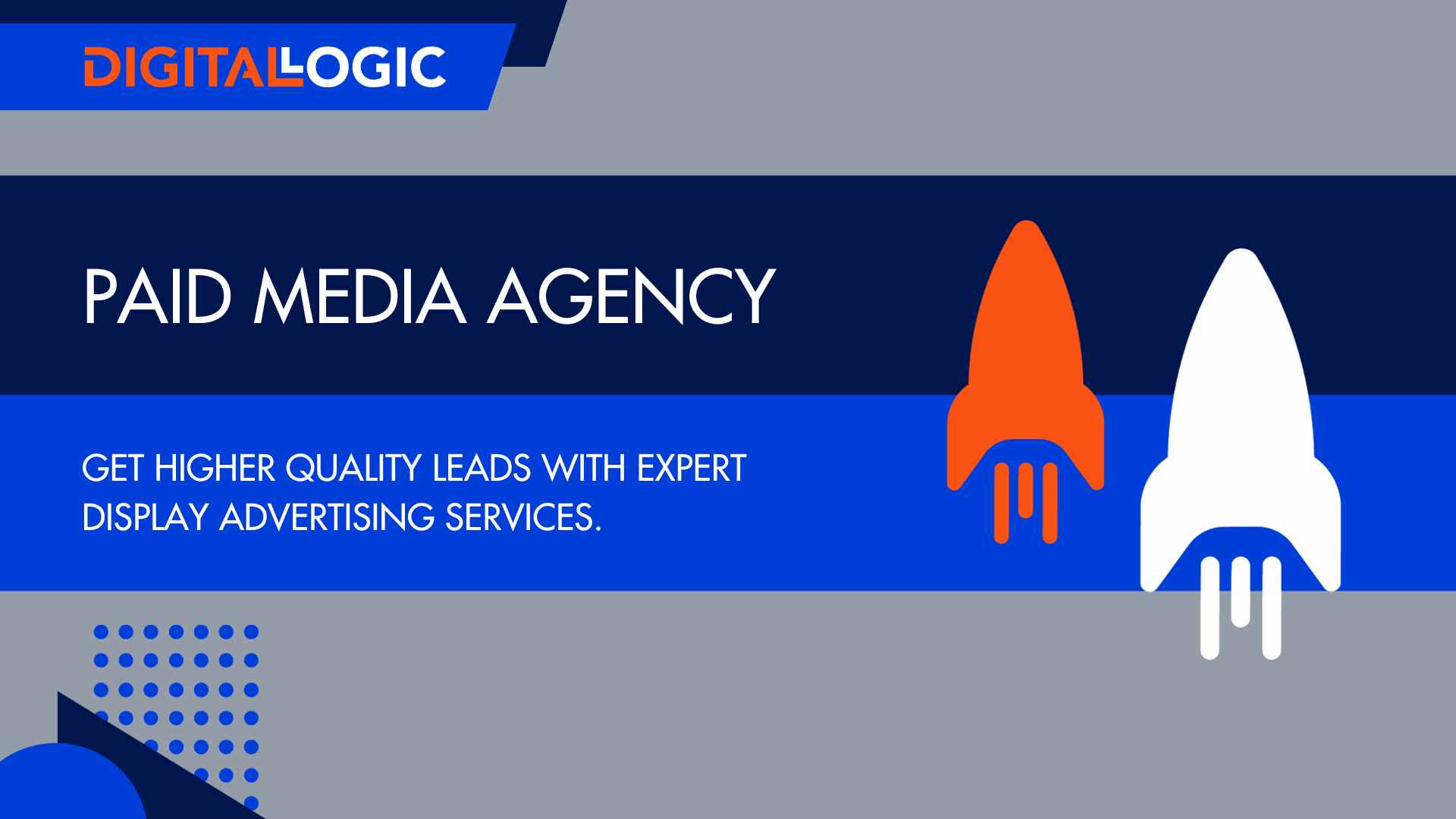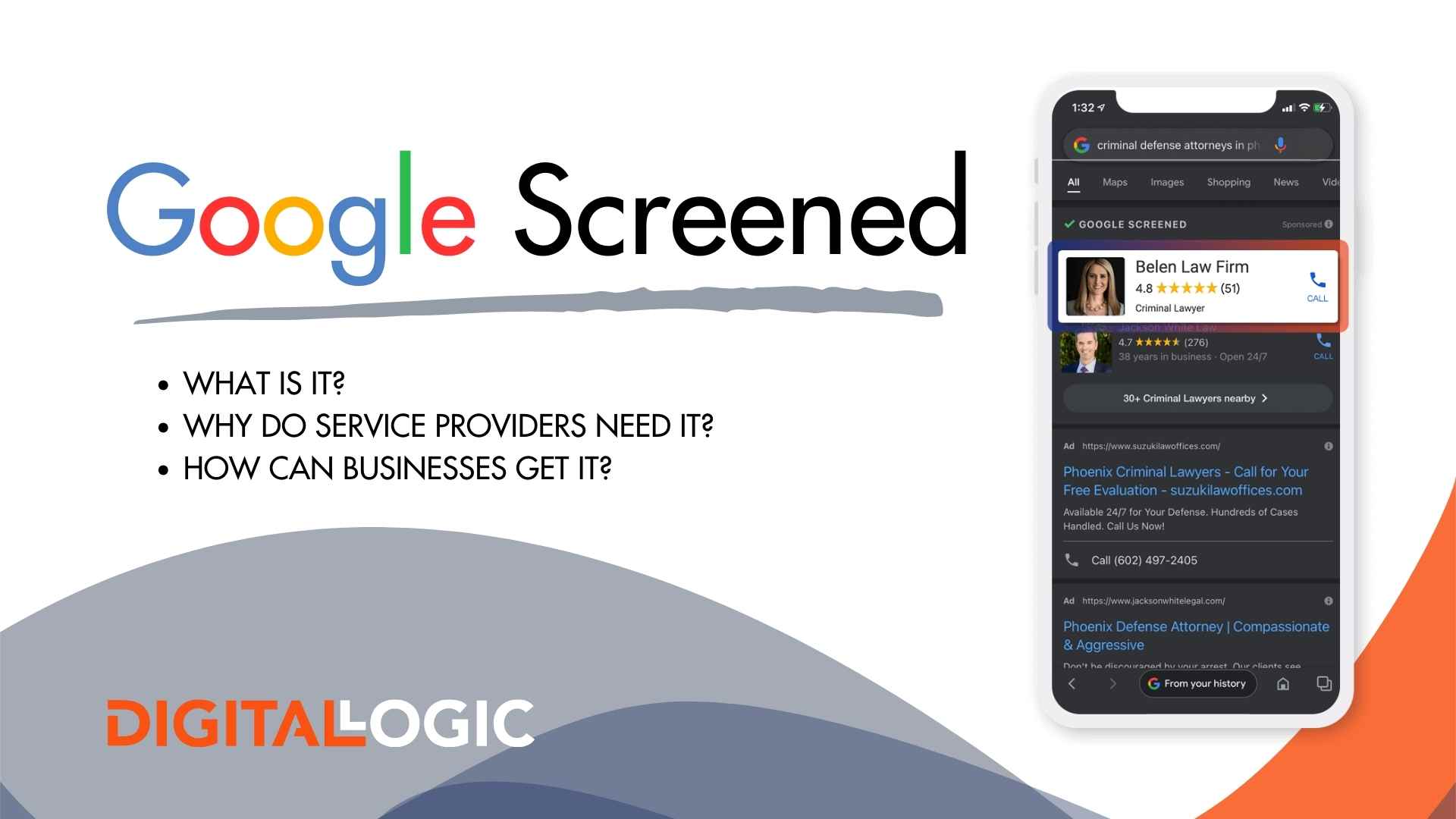What is Digital Design?
Digital design is the process of creating visual and multimedia content using digital tools and technologies. It encompasses a wide range of design disciplines, such as app design, web design, user interaction (UI) design, user experience (UX) design, email marketing design, digital ad design, social media content design, and video design.
A digital designer uses software applications to create digital graphics, layouts, and interactive experiences that can be used for websites, mobile apps, advertising, branding, and more. The practice of digital design involves a mix of technical and creative skills, including an understanding of color theory, typography, composition, user-centered design principles, and the digital interface as a whole.
Digital Design vs. Graphic Design
Digital design and graphic design are closely related, though they are not one and the same. Graphic design is a traditional form of design that involves creating visual content for print media, such as brochures, posters, packaging, and other physical products. Digital design, on the other hand, encompasses all forms of visual and multimedia content that are created using digital tools and technologies.
Typically, graphic design focuses on creating static, two-dimensional images that are printed or displayed on physical surfaces, while digital design can include dynamic, interactive content that is meant to be experienced on digital devices such as computers, smartphones, or tablets.
Another key difference between digital designers and traditional graphic designers is the skill set required. While both require an understanding of design principles such as color theory, composition, and typography, digital design also requires knowledge of software applications such as Adobe Illustrator, InDesign, Photoshop, Figma, and Sketch, as well as an understanding of user interface (UI) design and user experience (UX) design.
Overall, digital design is a broader category that includes graphic design as one of its many disciplines.
Types of Digital Designers

App Design
An app designer is responsible for developing intuitive, usable, and engaging interactions and visual designs for mobile applications. Mobile app design requires collaboration with cross-functional teams throughout the design process, participation in the development process from definition through design, building, testing, releasing, and maintaining, and staying on top of UX trends.
The primary responsibility of an app designer is to create, maintain, and implement the source code to design mobile apps and mobile platform programs that meet the needs of the project. They also gather and evaluate user requirements, illustrate design ideas using storyboards, process flows, and sitemaps, and design graphic user interface elements like menus, tabs, and widgets.
Website Design
A professional website designer is responsible for designing and creating visually appealing and user-friendly websites. Web designers work with clients to understand their needs and requirements and then use their technical and creative skills to design and develop websites that meet those needs.
Their job duties include developing site navigation, creating wireframes and mockups, selecting and editing images and graphics, designing layouts and templates, and coding the website using programming languages such as HTML, CSS, and JavaScript.They also test the website for functionality and usability and make adjustments as necessary.
Website designers must stay up-to-date with the latest web design trends and technologies and work closely with other web development professionals such as developers, content creators, and project managers to ensure the website meets the client’s goals and objectives.
UI Design
A UI designer (user interface designer) is responsible for designing the visual and interactive elements of digital products, such as websites, mobile apps, and software applications. Some of the job duties of UI designers include creating wireframes, designing user flows, developing prototypes, and designing graphic user interface elements like buttons, menus, and icons.
They also work to ensure that the interface is easy to use and visually appealing. UI designers must stay up-to-date with the latest design trends and technologies and work closely with other design and development professionals to ensure that the final product meets the needs of the user and achieves the desired goals and outcomes.
UX Design
A UX designer (user experience designer) is responsible for creating digital products that are user-friendly, intuitive, and enjoyable to use. UX designers focus specifically on the needs and behaviors of users.
Their job duties include conducting user research, creating user personas, developing user flows and wireframes, designing prototypes, and conducting usability testing. They also work closely with cross-functional teams such as developers, content creators, and project managers to ensure that the final product meets the needs of both the user and the business.
UX designers must stay up-to-date with the latest design trends and technologies and have a deep understanding of user-centered design principles.
Ultimately, their goal is to create digital products that are not only functional but also enjoyable to use.
Email Marketing Design
An email marketing designer is responsible for designing and creating visually appealing and effective email campaigns. They work with clients or marketing teams to understand the goals and target audience of the email campaign and then use their technical and creative skills to design and develop emails that meet those goals.
Their job duties include creating email templates, selecting and editing images and graphics, designing layouts and formatting text, and coding the email using HTML and CSS. They also test the email for functionality and usability across different email clients and devices and make adjustments as necessary.
Email marketing designers must stay up-to-date with the latest design trends and email marketing best practices, and work closely with other marketing professionals such as copywriters and email campaign managers.
Digital Ad Design
Digital advertising is a type of visual communication that draws potential consumers into the marketing pipeline. A digital ad designer is responsible for creating visually appealing and effective digital advertisements.
They work to create ad layouts and formats, select and edit images and graphics, and design animations and videos. They also test the ad for functionality and usability across different devices and platforms and make adjustments as necessary.
Digital ad designers must stay up-to-date with the latest design trends and advertising best practices and work closely with other advertising professionals, such as copywriters and ad campaign managers to ensure the ad campaign is effective and achieves its goals.
Social Media Content Design
A social media content designer is responsible for creating visually appealing and engaging content for social media platforms. They work with clients or social media marketing teams to understand the goals and target audience of the social media campaign and then use their technical and creative skills to design and develop content that meets those goals.
Their job duties include creating graphics and images, designing animations and videos, and formatting captions for social media posts. They also work to ensure that the content is optimized for each social media platform and meets the platform’s guidelines for content and design.
Video Design
A video designer’s job is to create video content for web interfaces. They work with clients or video production teams to understand the goals and target audience of the video project and then use their technical and creative skills to design and develop relevant video content.
Some of their duties include creating storyboards, selecting and editing footage, designing animations and special effects, and formatting the video for different platforms and formats. They also work to ensure that the video is optimized for its intended audience and achieves the desired message or call to action.
Video designers must stay up-to-date with the latest video production trends and technologies and work closely with other video production professionals such as writers, producers, and editors to ensure the video project meets its intended goals.
Digital Designer Best Practices

Digital Design Basics
Design Research
Design research is an essential part of creating effective digital designs. It involves gathering information about the target audience, their needs, behaviors, and preferences.
By conducting design research, designers can gain valuable insights that can inform their design decisions and help them create designs that are more user-centered and effective. Design research can also help designers identify potential design problems and areas for improvement, which can save time and resources in the long run.
Ultimately, design research helps ensure that the final design meets the needs of the target audience and achieves the desired goals and outcomes. Without design research, designers risk creating designs that are ineffective, irrelevant, or even frustrating for users. Therefore, design research is a crucial step in the digital design process that should not be overlooked.
Build With Audience-First Mindset
Keep Visual Experience Consistent
Keeping the visual experience consistent is an important aspect of creating effective digital designs. Consistency in design helps users navigate the design more easily and reduces confusion. It also helps to establish brand identity and recognition.
To maintain visual consistency, designers should use a consistent color scheme, typography, and layout throughout the design. They should also ensure that images and graphics are used consistently and in a way that supports the overall design.
Consistency in design can also be achieved by adhering to established design standards and guidelines. By maintaining visual consistency, designers can create designs that are easier to use, more visually appealing, and more effective in achieving their goals.
Aim for Engagement
Test Your Content
Testing your content is yet another crucial step in creating effective digital designs. Testing allows designers to evaluate the design’s usability, functionality, and effectiveness. By testing the design, designers can identify potential problems and areas for improvement, which can help to create a better user experience.
Testing can also help designers to ensure that the design meets the needs and preferences of the target audience. There are various testing methods that can be used, including user testing, A/B testing, and usability testing.
By testing the design, designers can ensure that the final product is effective, engaging, and achieves the desired goals and outcomes. Testing is an ongoing process that should be conducted throughout the design process to ensure that the design is continually improving and meeting the needs of the target audience.
Need a Professional Graphic Designer for Your Digital Marketing Strategy?

If you’re looking to create a successful digital marketing strategy, it’s essential to hire a professional graphic designer. A professional graphic designer has the skills and expertise to create visually appealing and effective designs that will help your brand stand out in a crowded digital marketplace. They can help you create a consistent visual identity across all of your digital marketing channels, including your website, social media, and email marketing campaigns, to name a few. A professional graphic designer can also ensure that your designs are optimized for different devices and platforms, and that they meet the needs and preferences of your target audience.
At Digital Logic, we have a designer who can help you create a successful digital marketing strategy that will help your brand grow and thrive. To learn more about our digital design services, speak with a specialist on our team today and see how we can help your business thrive.




